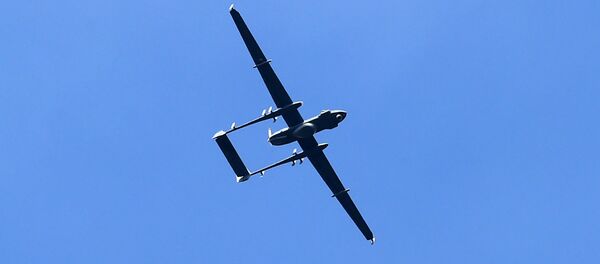India's Hindustan Aeronautics Ltd (HAL) has successfully demonstrated a 10Kg rotary wing unmanned aerial vehicle (RUAV) in Bangalore. The two-stroke petrol engine RUAV has a payload capability of 2.5kg, including a live streaming video camera, and can fly up to 8-10 kilometers in one hour before needing to stop.
"With this demo, HAL's Rotary Wing R&D Centre is well poised to employ its skills and capabilities to undertake the development of Rotary UAVs of higher weight classes, with weapons as payloads," T Suvarna Raju, CMD-HAL said in a statement.
READ MORE: Maiden Test of India’s Next Gen SFDR Air to Air Missile Successful
The RUAV was developed in association with IIT Kanpur and is the first outcome of state-owned HAL's partnerships with academia.
In February 2017, HAL once again invited global firms to join hands to start the project afresh wherein the global partner will share its expertise to develop an automatic flight control system for the conversion of a 2-ton class helicopter into an unmanned aircraft.
The Indian Navy plans to induct strategic unmanned systems, including a fleet of high-altitude long-endurance (HALE) maritime UAVs as well as rotary-wing tactical UAS.
READ MORE: India, China Resume Maritime Dialogue Amid Perceived Tussle in Indian Ocean
In some ways, the growing propensity of navies to turn to autonomous operations is a reflection of the growing tensions in the Asia-Pacific. The unprecedented rise in surveillance platforms deployed in the South China Sea, particularly China's deployment of high-tech drones, such as the Harbin BZK-005, has reinforced a perception in New Delhi that China's future military operations will focus on dominating Asia's littorals.





